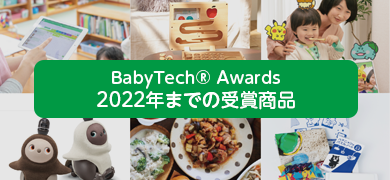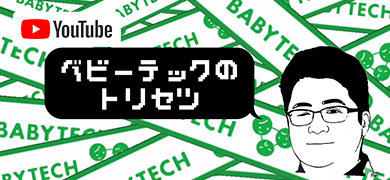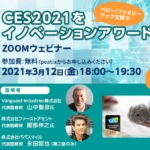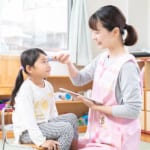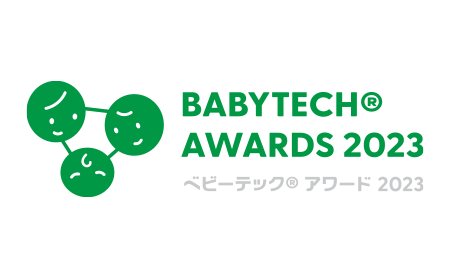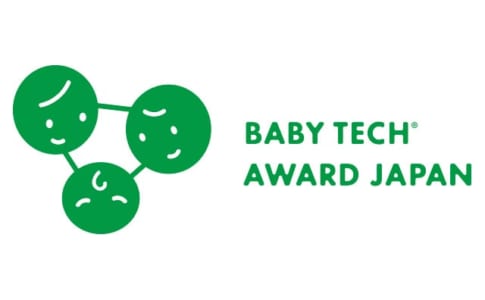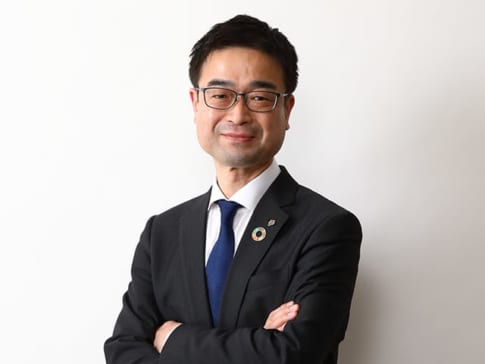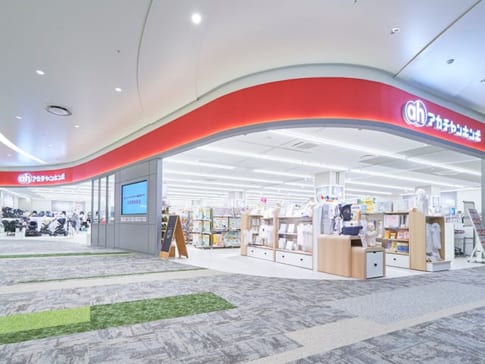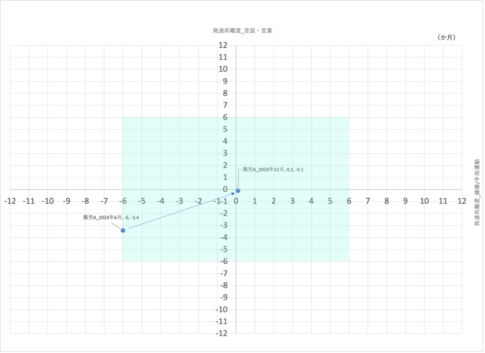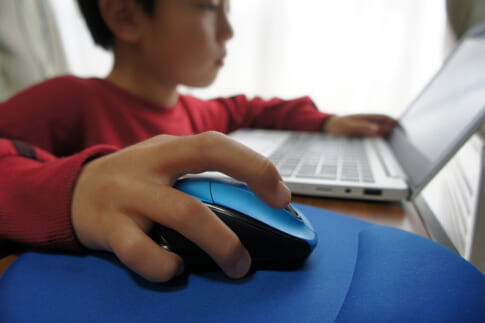
- Monitoring Body Movements Associated with Breathing in Sleeping Infants with IoT Nap Sensor
- Constant updates to reduce the workload of childcare workers
- Awarded the Grand Prize in the BabyTech Awards Japan (Safety Measures and Watching) for the second consecutive year
Did you know that about 70% of fatal accidents at childcare facilities occur during sleep, and that about 60 little lives were lost in 2008 due to SIDS (sudden infant death syndrome) and suffocation? We spoke with Shigekazu Yuasa, President and CEO of hugmo, Inc. about the "hugsafety Noon Sleep Watching Service," which helps reduce the psychological burden on childcare workers while protecting the safety of infants.
We spoke with...

hugmo corporation
Shigekazu Yuasa, President and Representative Director
Air-sensor-equipped mats combined with the cloud to monitor naps
Editor: Please tell us about the features of the hugsafety Noon Sleep Watching Service.
Yuasa: A non-contact wireless mat equipped with an air sensor monitors in real time the state of body movements associated with the breathing of an infant during napping. The sound of the child's diaphragm during sleep is detected by the air sensor. The advantage of the air sensor is that it is soft and comfortable because of the air in the tube, and it is safe because it is not energized, which was a decisive factor in its adoption.
Editor: Air sensors have many advantages, but have they not been used in childcare?
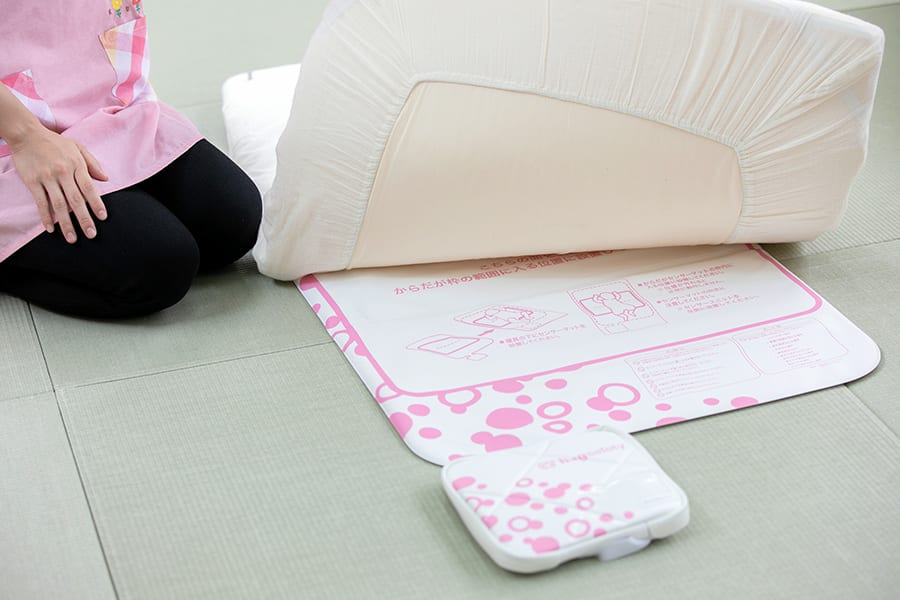
Yuasa: Air sensors were originally used in the field of nursing care. However, since there were only about four air sensors for nursing care, it was difficult to detect the diaphragm sounds of infants. So we increased the number of air sensors to eight, which enabled us to detect the diaphragm sounds of infants. Also, by monitoring breathing, we can determine whether the infant is in REM or non-REM sleep. If you wake an infant when he or she is in deep REM sleep, it's hard to get the infant to stop crying, so I think it's very useful for childcare workers to be able to see the sleep waves.
Editor: I understand that the use of the cloud is another feature.
Yuasa: Yes. By using the cloud, we are assisting nursery staff to reduce their workload of checking naps. Due to the nature of the product, the sensor must not malfunction. We have devised various ways to avoid problems. When an operation to record falling asleep is performed on the app, the sensor is activated and starts monitoring. You can also record your child's sleep, the so-called "noon sleep check", in the cloud. The nap time is automatically posted to the contact book application, so you can reduce the burden of inputting data.


